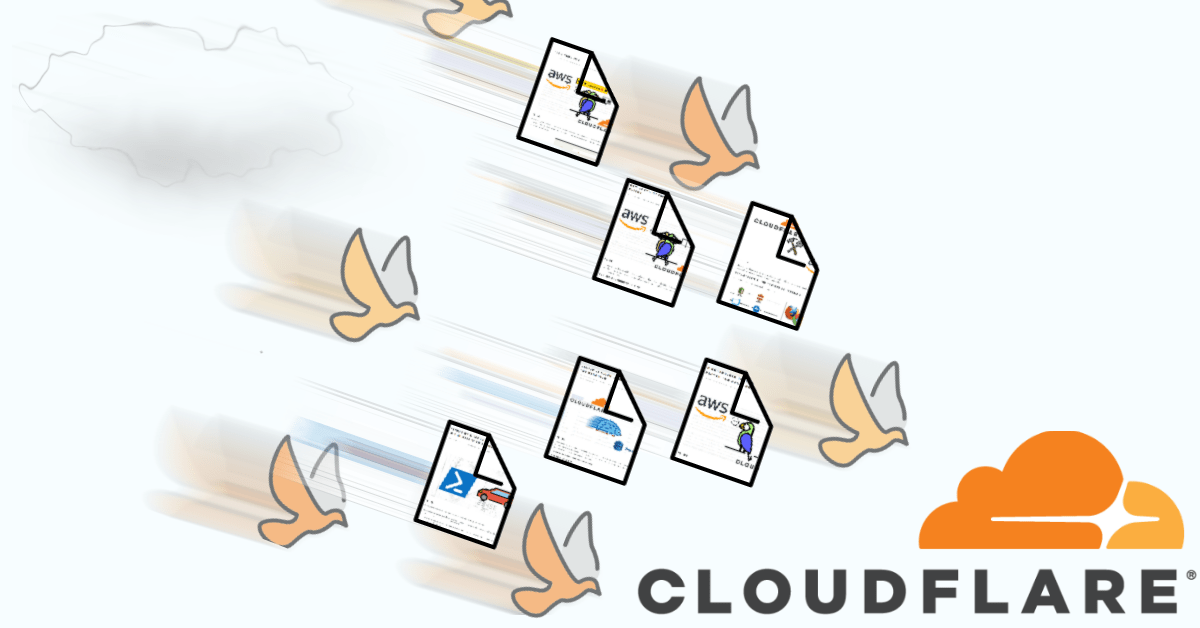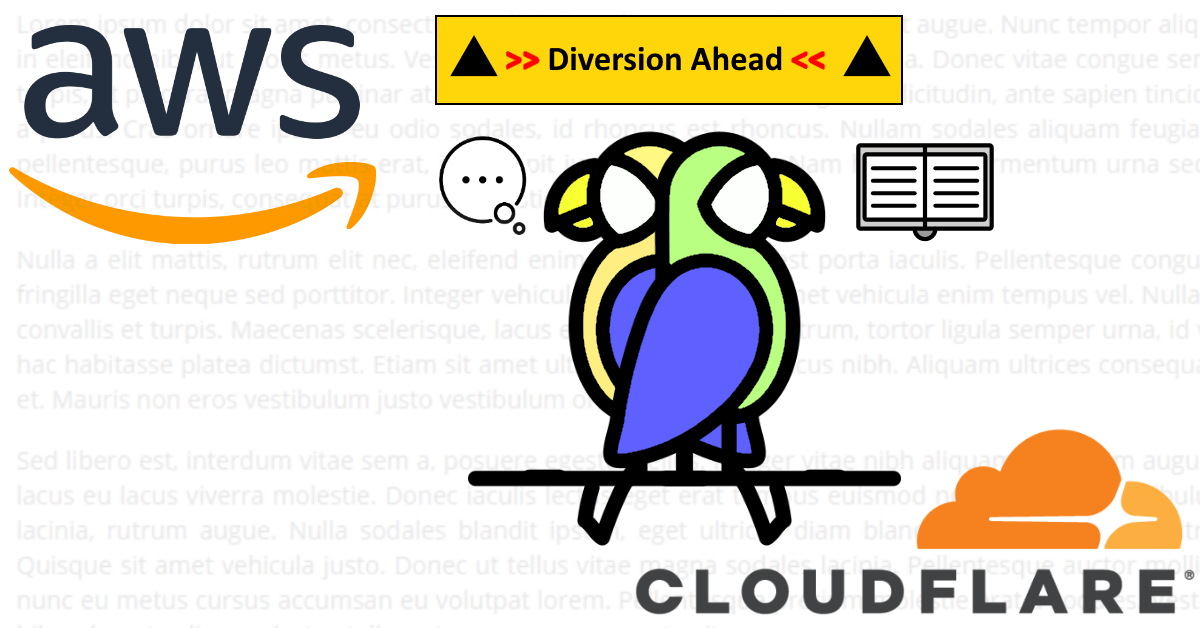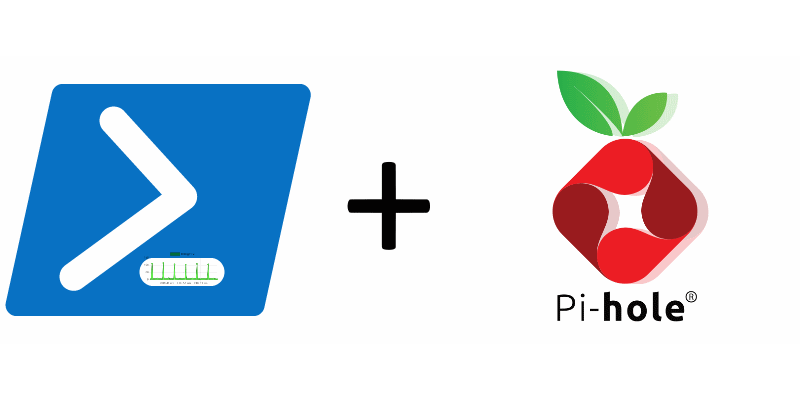Introducing Elite Dangerous Timeline
A vis.js visual of game events with a DynamoDB backend and Flask API.
 TL; DR I created a timeline visual from Elite Dangerous in-game events. Why? On the one hand, to further my Python learning and explore AWS DynamoDB. On the other hand, because I ultimately would like to provide some context to me in the game which is not present natively. By focusing on visualising a subset of the available events, I gain a foothold in parsing the game data into a database and putting an API in front of it.
TL; DR I created a timeline visual from Elite Dangerous in-game events. Why? On the one hand, to further my Python learning and explore AWS DynamoDB. On the other hand, because I ultimately would like to provide some context to me in the game which is not present natively. By focusing on visualising a subset of the available events, I gain a foothold in parsing the game data into a database and putting an API in front of it.






